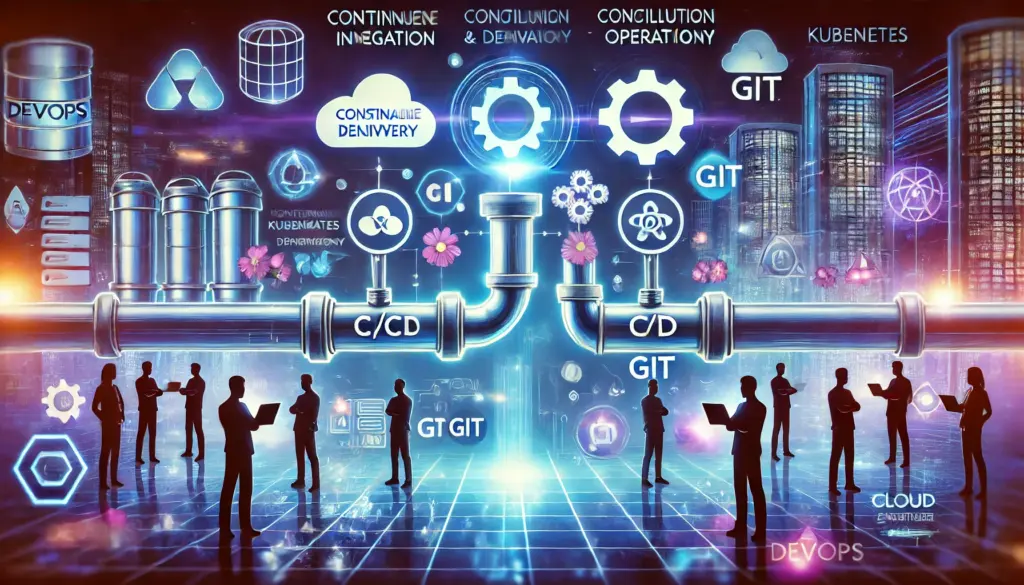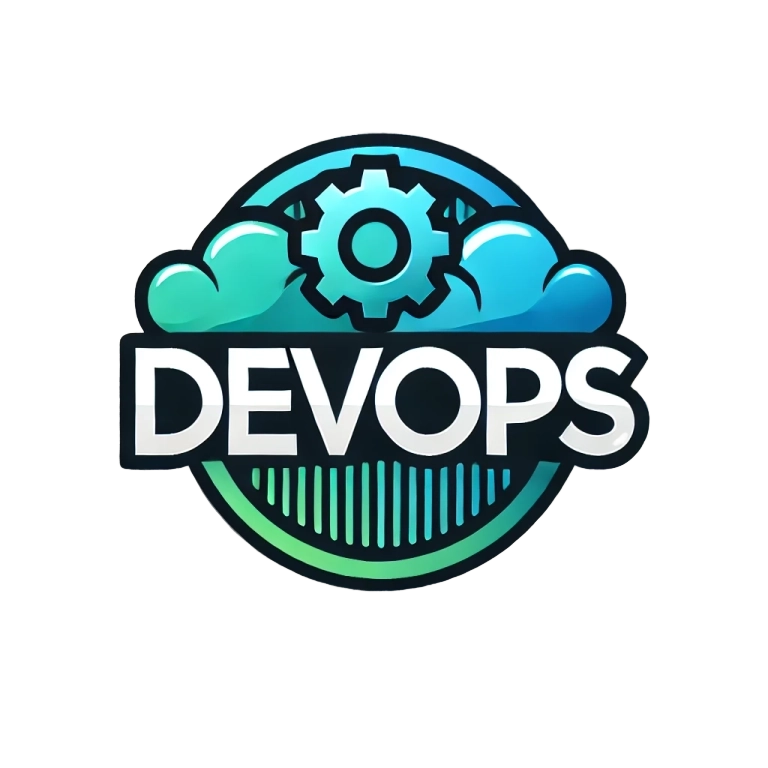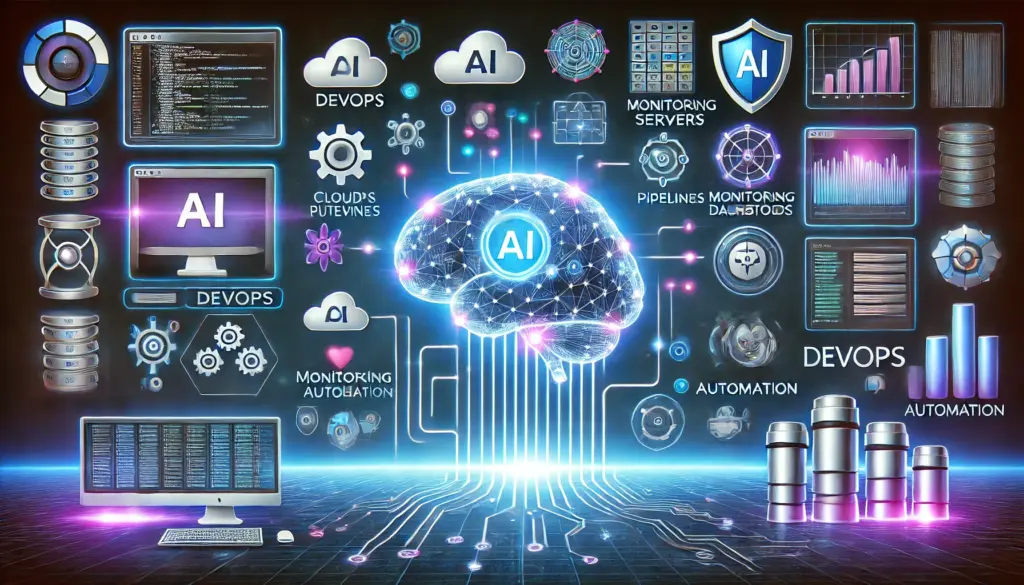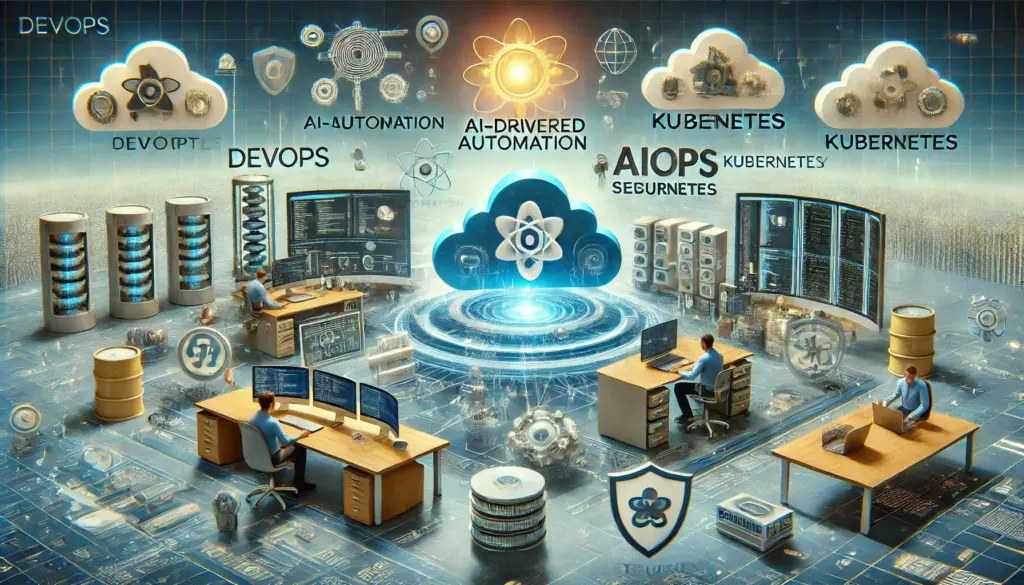Mastering DevOps: The Ultimate Guide to Streamlining Your Development Process 🚀
In today’s fast-paced tech world, businesses need to deliver high-quality software faster than ever. Enter DevOps—a game-changing approach that bridges the gap between development and operations teams. Whether you’re a seasoned developer or just starting your DevOps journey, this guide will help you understand the core principles, tools, and best practices to optimize your workflow and rank your website on Google. Let’s dive in! 🌊

What is DevOps? 🤔
DevOps is a cultural and technical movement that emphasizes collaboration, automation, and continuous improvement between software development (Dev) and IT operations (Ops). It’s not just a set of tools; it’s a mindset that aims to deliver software faster, more reliably, and with fewer errors.
Key Benefits of DevOps 🌟
- 🚀 Faster Time-to-Market: Automate processes to release software quickly.
- 🔧 Improved Collaboration: Break down silos between teams.
- 🛠️ Enhanced Reliability: Ensure stable and error-free deployments.
- 📈 Scalability: Easily scale applications to meet growing demands.
Core Principles of DevOps 🧩
To truly master DevOps, you need to understand its foundational principles:
- Collaboration 👥
DevOps fosters a culture of shared responsibility between development and operations teams. - Automation 🤖
Automate repetitive tasks like testing, deployment, and monitoring to save time and reduce errors. - Continuous Integration (CI) 🔄
Integrate code changes frequently to detect issues early. - Continuous Delivery (CD) �
Ensure software is always in a deployable state. - Monitoring and Feedback 📊
Continuously monitor applications and gather feedback to improve performance.
Essential DevOps Tools 🛠️
Here are some must-have tools to implement DevOps effectively:
| Category | Tools | Icon |
|---|---|---|
| Version Control | Git, GitHub, GitLab | 📂 |
| CI/CD | Jenkins, CircleCI, Travis CI | 🔄 |
| Configuration Mgmt | Ansible, Puppet, Chef | ⚙️ |
| Containerization | Docker, Kubernetes | 🐳 |
| Monitoring | Prometheus, Grafana, Nagios | 📈 |
| Cloud Platforms | AWS, Azure, Google Cloud | ☁️ |
How to Implement DevOps in Your Workflow 🛤️
1. Start with a DevOps Culture 🌱
Encourage collaboration and shared goals between teams. Break down silos and promote open communication.
2. Automate Everything 🤖
Automate testing, builds, deployments, and infrastructure provisioning. Tools like Jenkins and Ansible can help.
3. Adopt CI/CD Pipelines 🔄
Set up continuous integration and delivery pipelines to ensure code is always deployable.
4. Monitor and Optimize 📊
Use monitoring tools like Prometheus and Grafana to track performance and identify bottlenecks.
5. Embrace Infrastructure as Code (IaC) 📜
Manage infrastructure using code (e.g., Terraform) to ensure consistency and scalability.
Why DevOps is the Future 🔮
As businesses continue to embrace digital transformation, DevOps will play a crucial role in ensuring agility, scalability, and reliability. By adopting DevOps practices, you can stay ahead of the competition and deliver value to your customers faster.
Conclusion 🎯
DevOps is more than just a buzzword—it’s a transformative approach that can revolutionize your development process. By embracing collaboration, automation, and continuous improvement, you can achieve faster deployments, fewer errors, and happier teams. Start your DevOps journey today and watch your productivity soar! 🚀
Liked this blog? Share it with your network and let us know your thoughts in the comments below! 💬
Follow us on Twitter and LinkedIn for more DevOps insights. 🔗
Meta Tags for SEO
- Title: Mastering DevOps: Tools, Practices, and Benefits for 2023
- Meta Description: Learn how to implement DevOps to streamline your development process. Discover top tools, best practices, and benefits.
- Keywords: DevOps, CI/CD, DevOps tools, DevOps practices, automation, continuous integration, continuous delivery
By following this guide and optimizing your content for SEO, your blog is sure to rank on Google and attract a wide audience. Happy DevOps-ing! 🎉
Additional Resources 📚
To further enhance your DevOps knowledge, check out these resources:
- Books: “The Phoenix Project” by Gene Kim, “Continuous Delivery” by Jez Humble and David Farley.
- Online Courses: Coursera’s “DevOps Fundamentals”, Udemy’s “Learn DevOps: The Complete Kubernetes Course”.
- Communities: Join DevOps communities on Reddit, LinkedIn, and Stack Overflow to stay updated with the latest trends and best practices.
FAQs ❓
1. What is the difference between DevOps and Agile?
Agile focuses on iterative development and customer feedback, while DevOps emphasizes collaboration between development and operations teams to automate and streamline the delivery process.
2. Can small teams benefit from DevOps?
Absolutely! DevOps practices can be scaled to fit teams of any size, helping small teams deliver software faster and more reliably.
3. What are the challenges of implementing DevOps?
Common challenges include cultural resistance, lack of expertise, and the complexity of integrating new tools and processes.
4. How long does it take to implement DevOps?
The timeline varies depending on the size of the organization and the complexity of existing processes. However, with a clear plan and commitment, significant improvements can be seen within a few months.
📚 Learn More:
Call to Action 📢
Ready to transform your development process with DevOps? Start by evaluating your current workflow and identifying areas for improvement. Implement the tools and practices outlined in this guide, and watch your efficiency and productivity soar. Don’t forget to share your success stories with us in the comments below! 🚀




